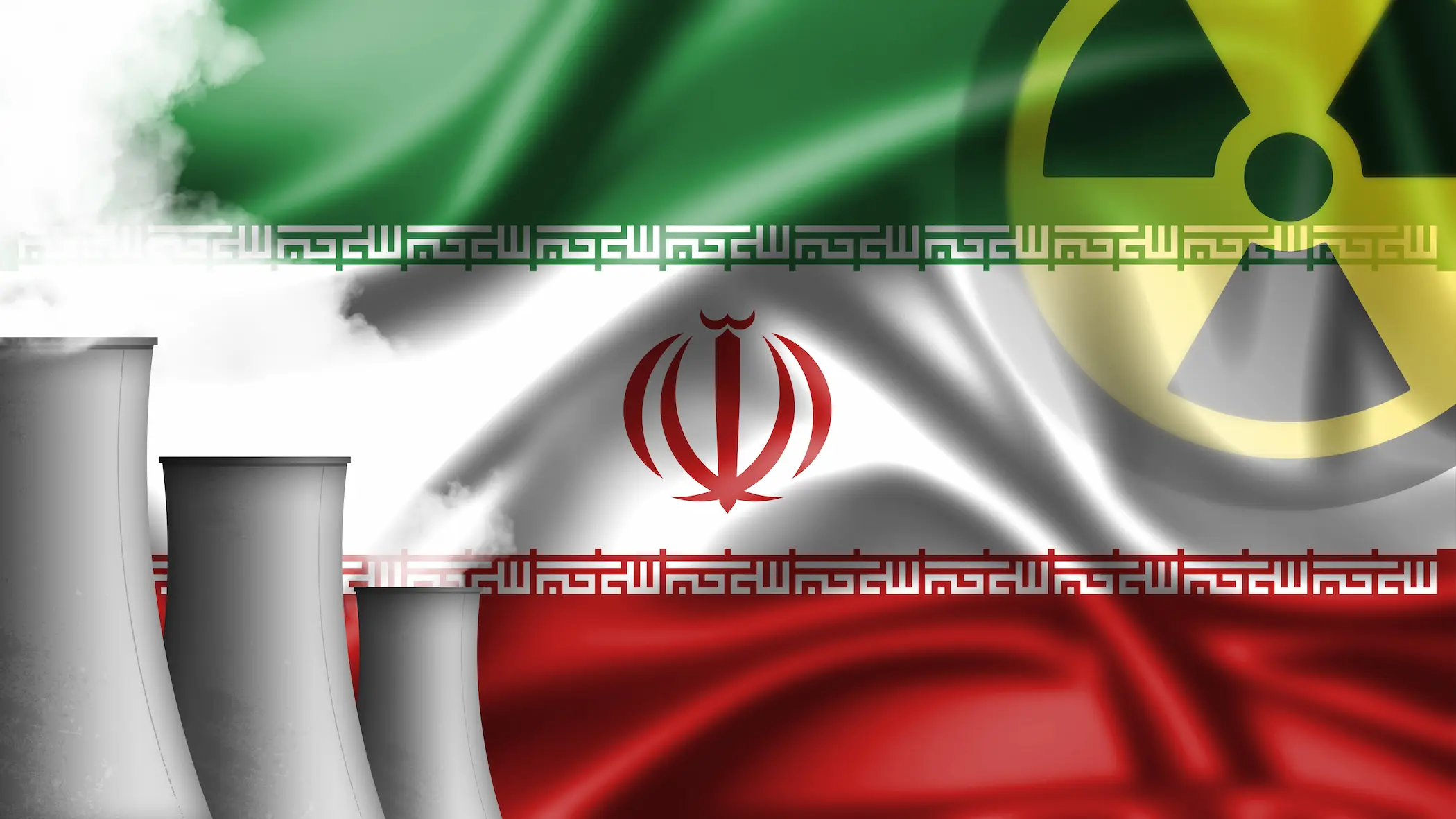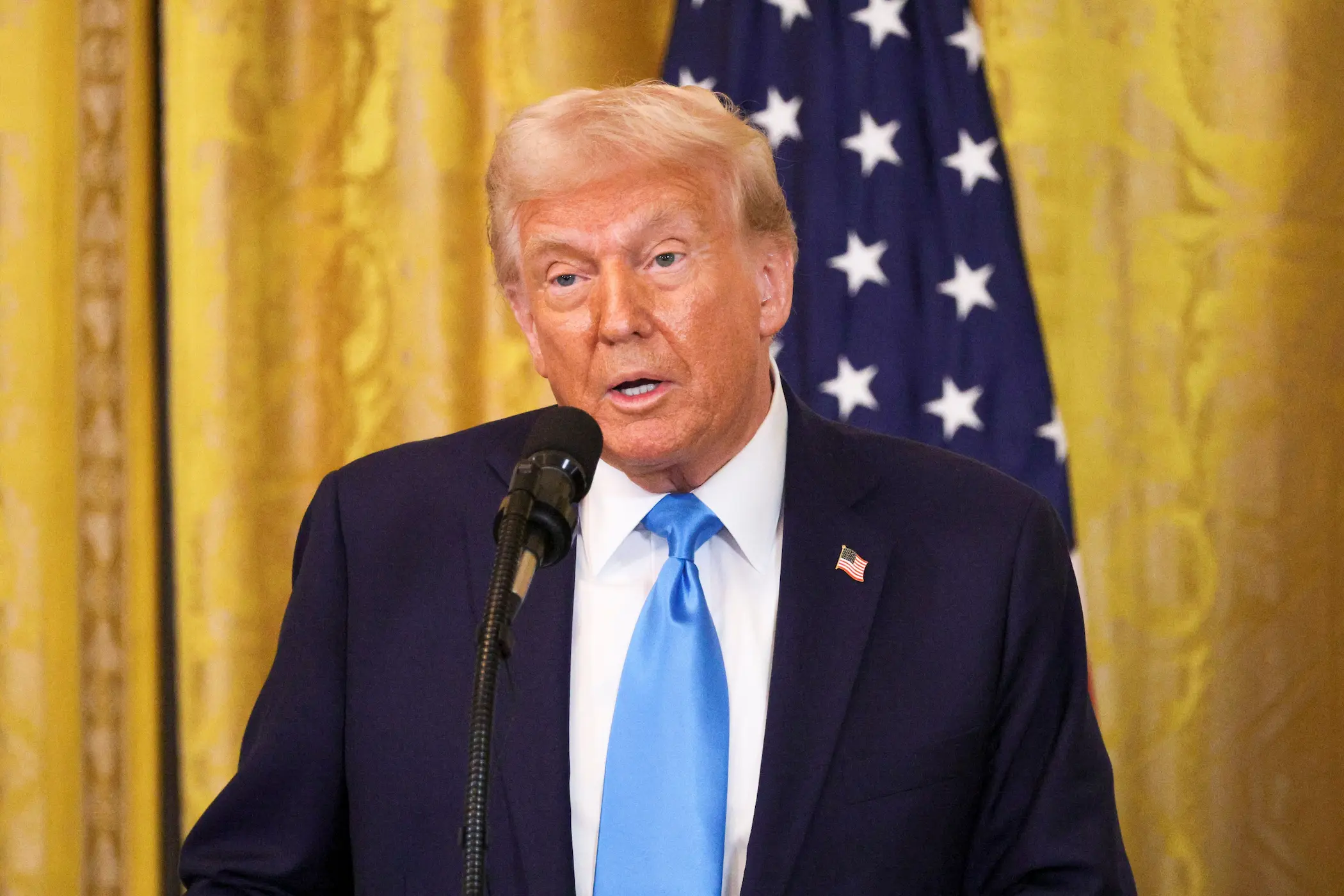The global economy operates under cyclical phases of monetary tightening and easing, often contrary to the business cycle. In periods when business activity reaches its lowest ebb and teeters on the edge of recession, expansionary monetary policy is implemented to redirect this downward trajectory, averting a slide into economic contraction. This approach prevents the economy from experiencing a sudden surge in growth, which could push it toward unsustainable heights. Conversely, contractionary monetary policy is deployed to rein in unchecked growth, preventing it from spiralling into inflationary pressures that could erode economic progress and deplete citizens' savings. By tempering both extremes, monetary policy strives to maintain a stable path of moderate growth that ensures long-term national economic health without tipping into volatility or stagnation.
Monetary policy tools tend to operate similarly across global economies, with one critical exception: the influence of the U.S. Federal Reserve. The Fed’s actions transcend the U.S. market, shaping global financial conditions. For instance, a decision to hike interest rates in the United States has far-reaching effects on consumer spending globally, even if these impacts manifest indirectly. This global ripple is acutely felt in African nations, where populations are particularly vulnerable to the consequences of U.S. monetary tightening, notably during interest rate hikes. This analysis, therefore, seeks to explore the relationship between the Federal Reserve’s tightening of monetary policy over the past three years and the subsequent waves of instability that have spread across the African continent. These effects continue to play out at the time of writing, despite recent signals that the Fed may shift once again toward a more expansionary stance.
Channels of the Federal Reserve's Influence on Stability in African Countries
The U.S. Federal Reserve’s impact on African economies largely stems from the dominant position of the U.S. dollar in the global financial system. As the world’s primary reserve currency and the most critical intermediary currency in international trade, the dollar plays a pivotal role in shaping economic conditions far beyond the U.S. borders. In 2023, the U.S. dollar was involved in approximately 88% of all foreign exchange transactions and accounted for nearly 60% of global foreign exchange reserves, underscoring its unrivalled reach and influence. Moreover, the U.S. is one of the largest global lenders, providing capital directly or through international institutions. Most of these loans are denominated in U.S. dollars and backed by U.S. government debt instruments issued in its local currency—the dollar.
The figure below illustrates the composition of international reserve currencies, highlighting the dollar’s overwhelming presence.
This exceptional status of the U.S. dollar creates two primary channels of influence on the economies of African countries: interest rates and commodity prices. These factors directly impact African nations’ ability to consume, invest, and service external debts, or what is commonly referred to as bridging the twin deficits in the general budget and trade balance. We will examine each channel in detail below:
Interest Rates
The effects of U.S. interest rates on African economies manifest in several ways, primarily due to the interconnectivity of global financial markets. The most significant impact arises through capital flows. When the U.S. Federal Reserve raises interest rates, investment returns in the U.S. become more attractive, offering higher yields with almost no risk compared to other markets. This shift draws capital away from emerging markets, including those in Africa. The resulting rapid outflows destabilise the balance of payments, as the local currency depreciates sharply against the U.S. dollar, leading to heightened volatility in African financial markets.
Moreover, higher U.S. interest rates escalate borrowing costs for African countries, especially those reliant on external debt denominated in U.S. dollars. This leads to increased debt payments in the short and medium terms. Subsequently, African central banks often raise their domestic interest rates to preserve foreign investments and curb capital flight, thus preventing further currency depreciation and keeping inflation in check.
Additionally, U.S. interest rate hikes affect commodity prices for African exports. As African currencies weaken against the dollar, the strengthened dollar can now purchase more units of African commodities for fewer dollars than before. These dynamic deals a dual blow to African economies—decreasing export revenues while simultaneously inflating borrowing costs. Consequently, African nations face shocks on both the revenue and expenditure sides, losing a portion of their foreign reserves and witnessing a drop in the value of their currencies, which leads us to the next point.
Commodity Prices
Rising interest rates trigger the depreciation of local currencies against the U.S. dollar, which exerts significant pressure on the prices of commodities imported by African countries, particularly agricultural goods. This phenomenon is driven by three interconnected effects.
The first effect is the price increase due to the weaker local currency, which now buys less against the dollar. As a result, the cost of purchasing the same quantity of imports rises, leaving governments with two difficult choices: either reduce the volume of imported goods or absorb the higher costs. Given the already strained balance of payments and the high cost of debt, the option to pay more becomes unsustainable, often forcing governments to cut back on imports.
The second effect is the higher cost of financing itself. As U.S. interest rates rise, obtaining U.S. dollars becomes more expensive. This further discourages the import of essential commodities, as securing the necessary foreign exchange becomes increasingly costly.
The third effect comes from rising global commodity prices, driven by reduced investment in production and exploration due to higher borrowing costs. This reduction in investment shrinks supply in the medium term, potentially pushing prices even higher. Additionally, producers may delay new projects, further tightening future supply conditions. Although the short-term effects are mitigated by a decrease in demand, driven by the high cost of borrowing, the increasing demand from large economies like India and China intensifies global demand pressures. The differing monetary conditions in these economies compared to the U.S. make it challenging to reduce demand globally, even as interest rates rise.
The figure below illustrates the direct relationship between rising interest rates and commodity prices.
The two aforementioned channels transmit the monetary effects of the U.S. economy to African countries, leading to two key outcomes. First, inflation levels rise due to the reduced availability of U.S. dollars and increased capital outflows within these economies. This currency drain hampers their ability to import essential goods, particularly energy and food. Over the past 20 years, crude oil, its derivatives, and grains have accounted for an average of 20% of total imports. As a result, African nations face significant challenges in securing these critical supplies, exacerbating inflationary pressures. The following figure highlights this dynamic.
The heavyweight of crude oil and grains in the consumer price index significantly impacts inflation, leading to a continuous rise in consumer prices. This inflation erodes consumers’ purchasing power, making it increasingly difficult to maintain their income significantly as local currencies weaken against the dollar.
The second significant effect is the decline in African countries’ financial capacity due to the widening of the twin deficits in the general budget and trade balance. As these deficits grow, governments are often forced to reduce or eliminate social protection payments, such as subsidies or pensions. This exacerbates pressure on the poor and families in general. The withdrawal of subsidies may be accompanied by additional measures, such as tax hikes or the imposition of new fees, further straining household budgets.
These compounded pressures frequently lead to public demonstrations as citizens react to the worsening economic conditions. These protests may sometimes escalate into ethnic or sectarian conflicts, triggering profound political instability. Such unrest often reverses years of development gains, requiring even more significant financial expenditure later to restore both stability and progress in these countries.
Victims of the Monetary Tightening Wave (2021–2024)
The monetary tightening cycle between 2021 and 2024 and the subsequent surge in commodity prices following the COVID-19 pandemic placed immense strain on most African economies. These pressures, driven by the mechanisms described earlier, severely worsened social conditions due to the deteriorating state of the general budget and trade balance and the intensifying external debt crisis. The combination of these factors led to widespread unrest, manifesting in popular protests, demonstrations, and social movements that, in some cases, destabilised political systems across Africa. Among the hardest-hit countries, Sierra Leone and Ghana are notable examples of nations directly impacted by these economic shocks.
Sierra Leone
In 2022, inflation in Sierra Leone took a sharp upward trajectory, driven by the effects of the U.S. Federal Reserve’s monetary tightening that began in the same year. As the Fed sought to curb inflation, the resulting interest rate hikes hampered Sierra Leone’s ability to borrow at previous levels. The simultaneous rise in basic commodity prices compounded the issue, pushing inflation rates above 20%, marking the highest level since 1999, when inflation soared past 34%. The following figure illustrates this inflationary spike.
The figure shows that inflation continued its upward trajectory, nearing 50% in 2023, exacerbating the pressures on living standards and deepening households’ economic struggles. The sharp decline in real incomes fuelled widespread public perception that the government failed to address the economic crisis adequately. Accusations of corruption, mismanagement of public funds, and a lack of accountability were rampant.
This period they have coincided with the government’s implementation of fiscal consolidation measures under an International Monetary Fund (IMF) program aimed at reducing the budget deficit and restoring economic stability. However, these measures and global economic shocks contributed to soaring living costs and heightened economic difficulties, further igniting public dissatisfaction.
On Aug. 10, 2022, large-scale protests erupted in the capital, Freetown, quickly spreading to other parts of the country. Protesters voiced their anger and frustration over the deteriorating economic conditions, with some demanding the resignation of President Julius Maada Bio. These protests led to violent clashes between anti-government demonstrators and security forces. In response, the government imposed a nationwide curfew following the deaths of police officers and civilians. Official reports confirmed the deaths of at least 27 civilians and six police officers during the protests, though human rights groups suspect the actual toll may be higher.
Ghana:
In Ghana, inflation surged from 10% in 2020 to approximately 32% in 2022, placing significant strain on households.
This economic pressure intensified when the government, unable to provide additional support, increased fuel prices by 50%. The escalation in fuel costs came amid a worsening external debt situation. Since 2019, Ghana’s external debt has soared from $15.4 billion to $42.3 billion by 2022, doubling in just two years. This dramatic increase in debt significantly raised the burden of debt servicing, eventually leading the government to default in December 2022.
The default was preceded by a substantial exodus of foreign direct and indirect investments, which resulted in major agencies downgrading Ghana’s credit rating. For instance, Fitch Ratings lowered Ghana’s rating to CC, which typically indicates a higher risk of default. This downgrade sharply increased the country’s borrowing costs and necessitated protracted negotiations with creditors to reschedule its debts—a process that did not resolve in 2024.
These compounding factors led to the collapse of the Ghanaian Cedi against the dollar, reaching unprecedented levels. The following figure illustrates this dramatic depreciation.
The exchange rate of the Ghanaian Cedi plummeted from approximately five to 1 dollar to over 11 to 1 dollar in 2022, exacerbating the economic crisis. In response, a youth-led movement called #FixTheCountry emerged on social media, urging the government to address what it identified as economic challenges, corruption, and mismanagement. This online activism quickly spilled into physical protests and demonstrations nationwide, demanding further reforms and improved living conditions. During these demonstrations, protesters voiced their frustration with the government’s handling of the economic crisis, calling for measures to curb inflation, generate employment, and enhance living standards. They also criticised the government’s corruption and mismanagement of public funds.
The government’s response included strategies such as stabilising the currency, implementing fiscal tightening measures, and negotiating with the IMF for a bailout. However, these efforts did not provide immediate relief from the economic difficulties. Public discontent persisted, and the crisis remained unresolved into 2024. However, there were signs of improvement, including an agreement with creditors to reschedule debt, slight improvements in growth indicators, and a projected reduction in inflation.
In conclusion, this analysis has highlighted the relationship between global economies and how U.S. political decisions can have far-reaching impacts on other nations, particularly those in vulnerable regions such as Africa. The effects of U.S. monetary tightening have severely impacted African economies, destabilising their societies through rising inflation, worsening debt burdens, and increasing social and political unrest. This underscores the urgent need for enhanced international cooperation and policy coordination. Building a more stable and prosperous economic future for Africa requires a multi-faceted approach that acknowledges the growing interconnectedness of global economies. This includes adopting flexible monetary and fiscal policies within African countries and developing international mechanisms to mitigate external shocks. Ensuring that African nations are not disproportionately burdened by decisions made elsewhere is a matter of economic justice and essential for achieving global stability and sustainable development.
References
Ito, H. and McCauley, R. N. (2020). Currency composition of foreign exchange reserves. Journal of International Money and Finance, 102, 102104. https://doi.org/10.1016/j.jimonfin.2019.102104
Huang, Y. (2023). Comment on “international finance and geopolitics”. Asian Economic Policy Review, 19(1), 103-104. https://doi.org/10.1111/aepr.12452
Rose, A. K. and Spiegel, M. M. (2012). Central bank swaps and international dollar illiquidity. Global Journal of Economics, 01(01), 1250002. https://doi.org/10.1142/s2251361212500024
Kabundi, A., Loate, T., & Viegi, N. (2020). Spillovers of the conventional and unconventional monetary policy from the us to south africa. South African Journal of Economics, 88(4), 435-471. https://doi.org/10.1111/saje.12262
Glick, R. and Leduc, S. (2012). Central bank announcements of asset purchases and the impact on global financial and commodity markets. Journal of International Money and Finance, 31(8), 2078-2101. https://doi.org/10.1016/j.jimonfin.2012.05.009
Gruber, J. W. and Vigfusson, R. J. (2012). Interest rates and the volatility and correlation of commodity prices. International Finance Discussion Paper, 2012(1065r), 1-27. https://doi.org/10.17016/ifdp.2012.1065r
Scrimgeour, D. (2014). Commodity price responses to monetary policy surprises. American Journal of Agricultural Economics, 97(1), 88-102. https://doi.org/10.1093/ajae/aau054
Handa, S., Otchere, F., & Sirma, P. (2021). More evidence on the impact of government social protection in sub‐saharan africa: ghana, malawi, and zimbabwe. Development Policy Review, 40(3). https://doi.org/10.1111/dpr.12576
Mohammed, A. (2022). Social protection during the covid-19 pandemic: time to rethink expanding coverage in sub-saharan africa?. European Journal of Humanities and Social Sciences, 2(1), 72-79. https://doi.org/10.24018/ejsocial.2022.2.1.206
Inveen, Cooper, and Umaru Fofana. “Sierra Leone Imposes Nationwide Curfew amid Deadly Anti-Government Protests | Reuters.” Reuters, August 11, 2022. https://www.reuters.com/world/africa/sierra-leone-imposes-nationwide-curfew-amid-deadly-anti-government-protests-2022-08-10/






















Comments